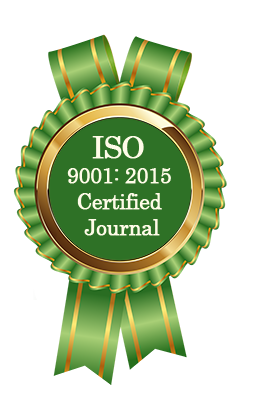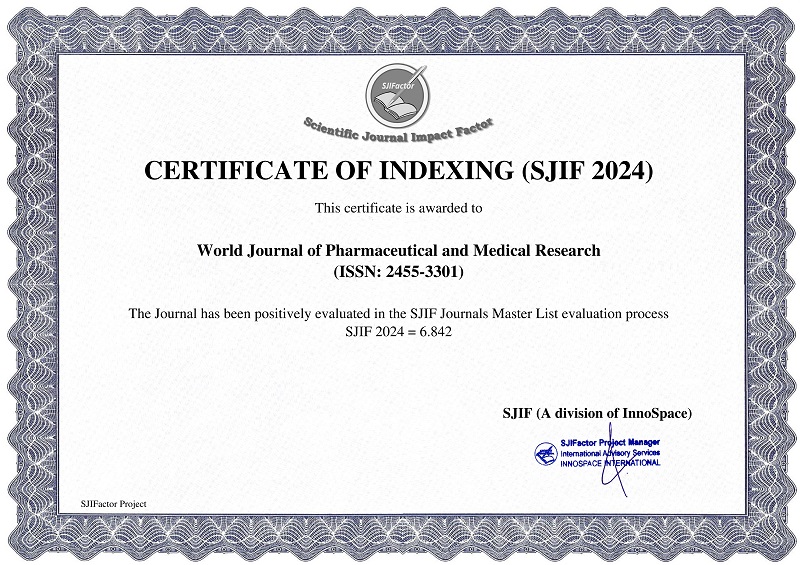BURDEN AND PREDICTORS OF AMPHOTERICIN - B INDUCED ACUTE KIDNEY INJURY (AKI) AND OTHER ADVERSE EVENTS AMONG KALA - AZAR PATIENTS OF NORTH INDIA - A HOSPITAL BASED STUDY.
Dr. Ghanshyam Kumar,* Dr. Kamlesh Tewary, Dr. Sanjeev Kumar
ABSTRACT
Background: Kala - azar has been a serious medical and public health problem in India since historical times, caused by genus Leishmania and is transmitted by sandfly (Phlebotomus). The National Health Policy 2002 set the goal of Kala - azar elimination by year 2015. Method: We conducted a hospital based prospective study. A total 150 patients selected on the basis of clinical findings and hemato-pathological confirmation of Leishmania. Acute kidney injury (AKI) during treatment with Amphotericine-B assessed by using values of serum Creatinine. Result: Incidence of Acute Kidney Injury reported to be 32 percent. Female patients reported higher rate 37.2 per cent as compared to 26.4 per cent among male patients. Discussion: We assessed the burden of disease and explored the predictors of AKI among Kala - azar patients receiving Amphotericin - B. We recommend other forms of Amphotericin - B like Liposomal Amphotericin B and combination therapy of drug like Miltefosine and Paramomycin. Conclusion: The study population has high burden of AKI with an overall incidence rate of 32 percent with a female preponderance. The study has implications for clinicians involved in care of Kala - azar in endemic areas of world.
[Full Text Article] [Download Certificate]



